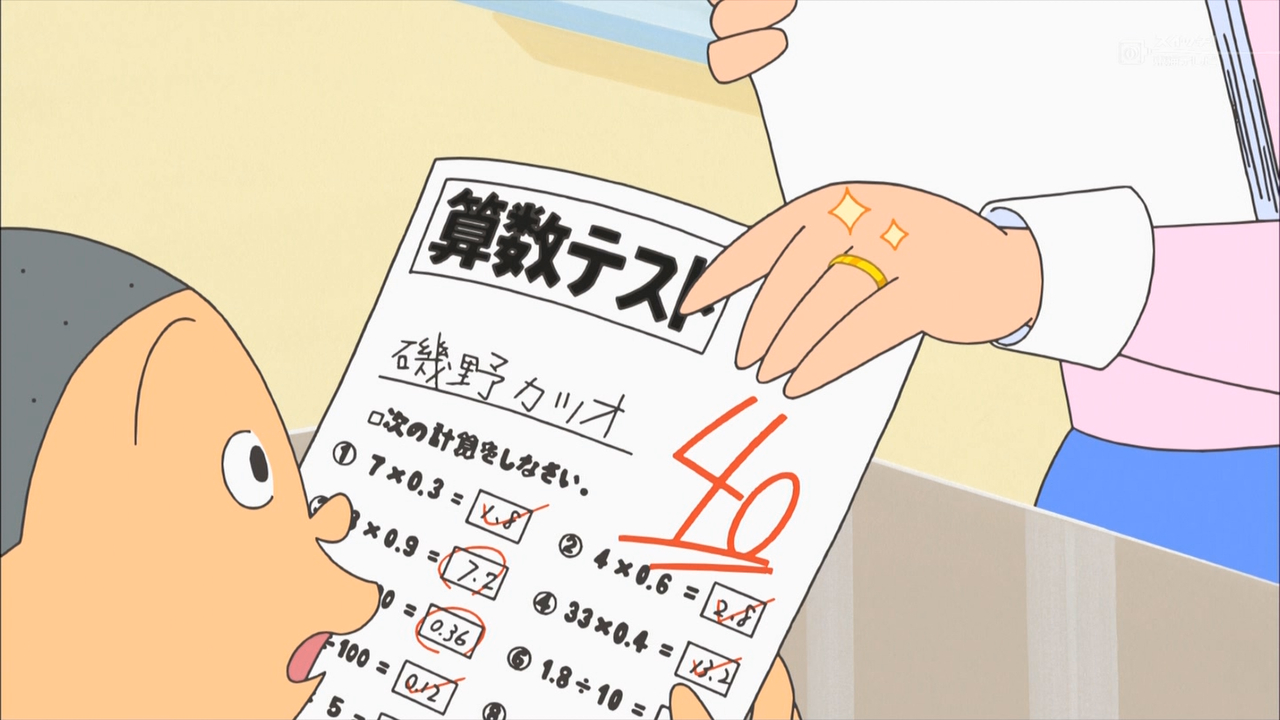By Xiangyuanchai Guo, The Australian National University
Suppose you are a very smart student like me (just joking), so that you never fail any exam just like me (joking again). Suppose I am doing a survey in which I ask you a question: “Did you fail your final exam?” You are most likely to answer directly: “No, of course not!” However, if you did fail your exam like the poor student in the picture, the answer suddenly becomes sensitive. You may not even want to answer anymore. In this case, it’s more likely that you ignore me and give no response. This will certainly result in bias, because almost all the answers I get are from the students who passed. This situation is an example of informative non-response.
In my research project, I fitted a mixture model for informative non-response in innovation surveys, which are designed to collect information on the uptake and development of new technology by businesses. It is thought that businesses that are not innovative are more inclined to be non-responsive because they see no value in innovation surveys. Thus, the non-response process is a function of the survey variable of interest. Even with extra data from a follow up survey, there are difficulties with identifying the parameters in the model. I examined some possible solutions and carried out simulations (described in my report) to explore the usefulness of maximum likelihood inference under these solutions.
Problems with informative non-response are difficult to treat and there are no easy solutions that always work well.
Xiangyuanchai Guo was one of the recipients of a 2015/16 AMSI Vacation Research Scholarship.

